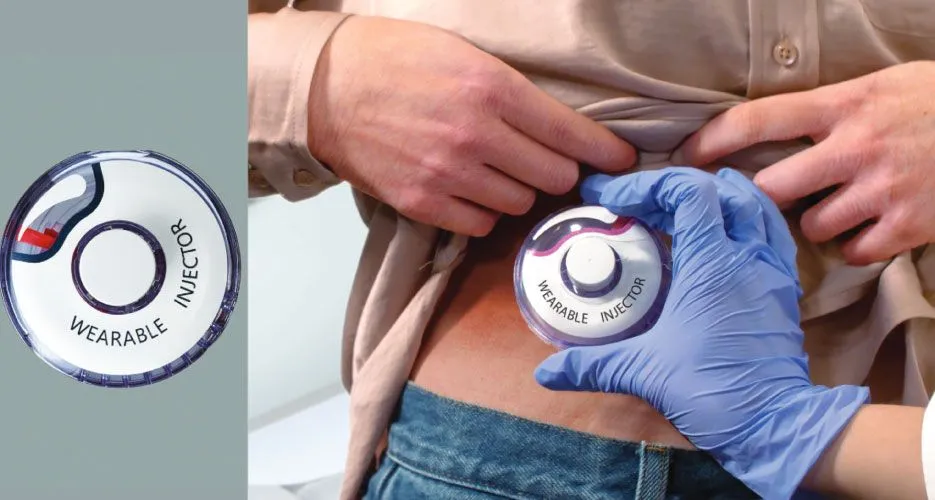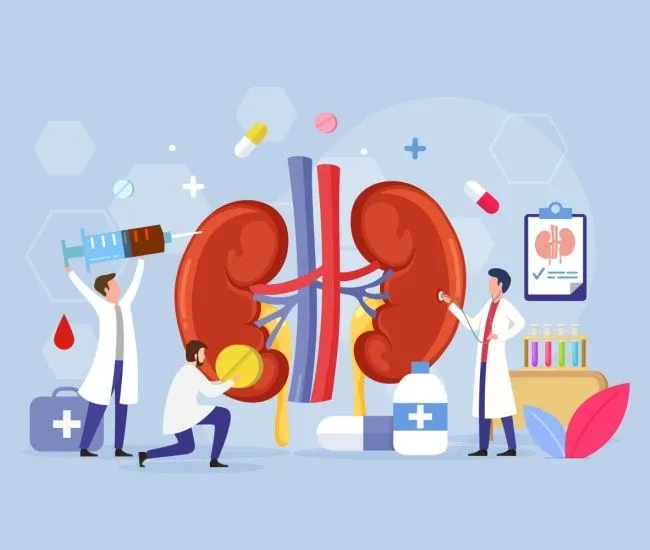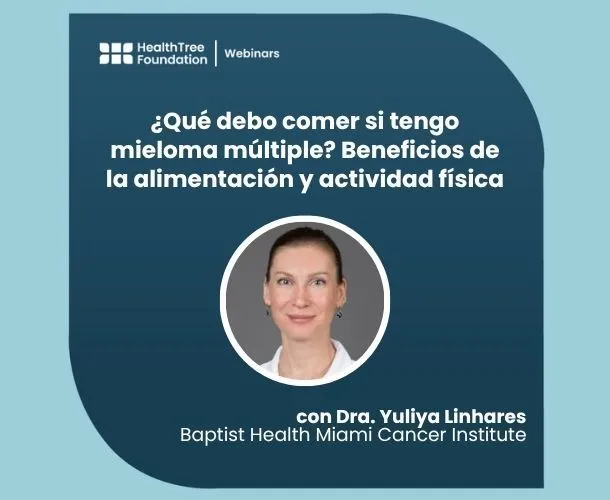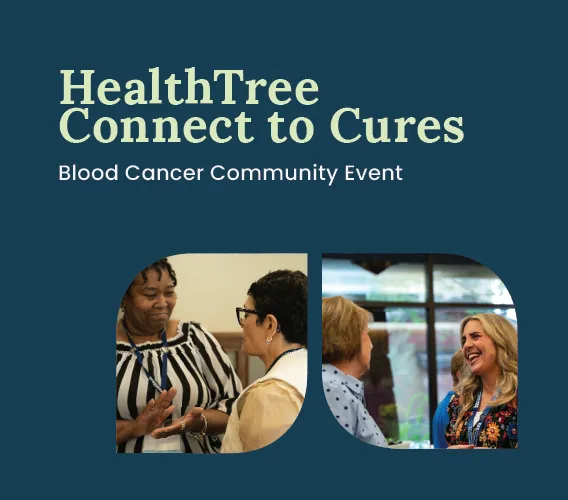Smoldering Myeloma: What We Know And Where We’re Going
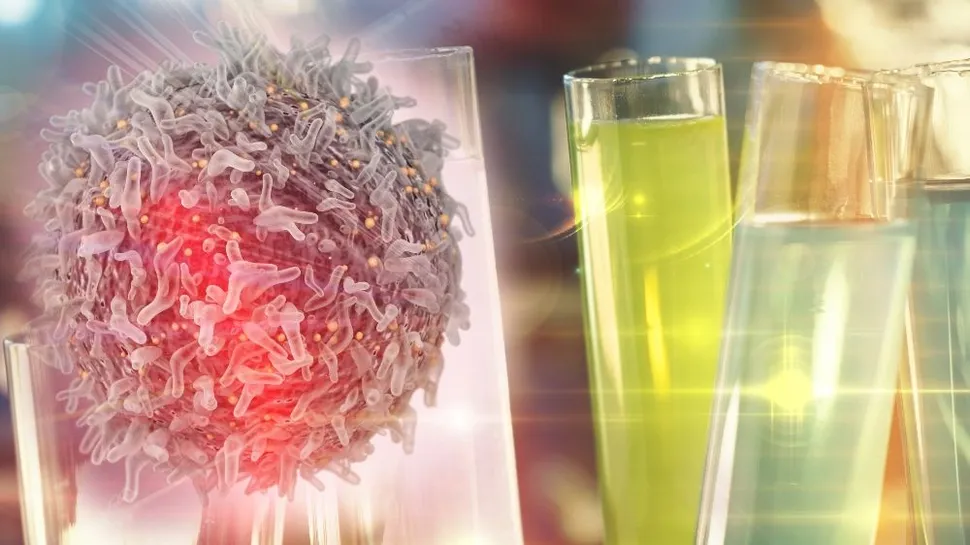
Dr. Dickran Kazandjian, MD, and Kellye Koubek, an APRN, are both from the University of Miami’s Sylvester Comprehensive Cancer Center.
In April 2024, they joined the MGUS/Smoldering Myeloma Educational Group to teach the audience about smoldering myeloma (SMM) and present an ongoing clinical trial available to SMM patients.
Watch the video or read the summary below to learn more about this important topic.
An Overview of Smoldering Myeloma and Plasma Cell Disorders
- A plasma cell is similar to a B cell; its primary function is to make antibodies (which help to fight infections).
- When something goes wrong with a plasma cell, it causes mutations.
- The first indication of mutated plasma cells directs the diagnosis of MGUS.
- MGUS can be a precursor to multiple myeloma.
- A patient's labs must have less than 10% mutated plasma cells in the bone marrow to have MGUS.
Smoldering Myeloma
- Initially, this was called asymptomatic myeloma. This is because the patient has no symptoms when they present with this type of precursor myeloma.
- MGUS and smoldering myeloma share many of the same characteristics, but what differentiates them is the number of abnormal plasma cells.
- This condition is usually not treated, just observed (unless the patient is in a clinical trial). However, we are seeing this change in the myeloma treatment landscape.
- Smoldering myeloma is considered a middle ground between MGUS and multiple myeloma.
- Many physicians' future goal is to be able to eliminate the smoldering myeloma category by having a better understanding of the patient's disease genetics/genomics.
High-Risk Smoldering Myeloma and Active Multiple Myeloma
Doctors are beginning to rate the risk of smoldering myeloma progression into full-blown multiple myeloma. There are several models of treatment available to follow a treatment plan. These models are generally based on how many myeloma cells are in the body.
Considering 70% of high-risk smoldering myeloma patients will develop multiple myeloma, this is crucial to stop multiple myeloma progression. Identify which patients are truly classified as high or ultra-high risk can save lives.
As mentioned above, more myeloma specialists are becoming open to treating smoldering myeloma, and the number of clinical trials for this population is increasing. Two new immunotherapies, CAR T-cell therapy and bispecific antibody therapy, are now being considered for high-risk smoldering myeloma treatment within clinical trials.
The REVIVE Clinical Trial
Dr. Kazandjian doesn't like the "wait and watch" approach to multiple myeloma. He took the time to share with his audience a clinical trial, REVIVE, currently enrolling high-risk smoldering patients at the Sylvester Comprehensive Cancer Center in Miami, Florida.
Learn more here:
- The treatments tested in this clinical trial for high-risk smoldering myeloma are bispecific antibodies, teclistimab, or talquetamab, in combination with daratumamab. These bispecific antibodies have been very successful in treating active multiple myeloma.
- This trial is designed for smoldering myeloma patients with greater than 3 g/dl M protein or 10% plasma cells in their bone marrow biopsy without presenting any organ damage.
- The goal of this study is to identify and treat myeloma at an early/precursor stage to develop a functional cure for patients with high-risk smoldering myeloma.
Q&A
Dr. Kazandjian and Kellye answered several patient questions, which are listed below. Click the timestamp to jump to the point where the question is asked and answered in the video.
- [37:37] Is this trial only located in Miami?
- [39:46] Other centers hosting SMM clinical trials
- [43:01] If I don't live in Florida, how often would I have to travel to Miami for this trial?
- [49:22] Is t(4;14) considered high-risk for the trial criteria?
- [52:13] After the study is completed, how long would FDA approval take to have the treatment regimen available outside a trial?
- [56:45] How do you decide when a high-risk SMM patient should join a trial?
- [1:00:46] Are we within 2-3 years of reaching a new stage (no longer diagnosing SMM)?
Action Step
For more educational webinars like this, you can join our MGUS/Smoldering Myeloma Group.
Dr. Dickran Kazandjian, MD, and Kellye Koubek, an APRN, are both from the University of Miami’s Sylvester Comprehensive Cancer Center.
In April 2024, they joined the MGUS/Smoldering Myeloma Educational Group to teach the audience about smoldering myeloma (SMM) and present an ongoing clinical trial available to SMM patients.
Watch the video or read the summary below to learn more about this important topic.
An Overview of Smoldering Myeloma and Plasma Cell Disorders
- A plasma cell is similar to a B cell; its primary function is to make antibodies (which help to fight infections).
- When something goes wrong with a plasma cell, it causes mutations.
- The first indication of mutated plasma cells directs the diagnosis of MGUS.
- MGUS can be a precursor to multiple myeloma.
- A patient's labs must have less than 10% mutated plasma cells in the bone marrow to have MGUS.
Smoldering Myeloma
- Initially, this was called asymptomatic myeloma. This is because the patient has no symptoms when they present with this type of precursor myeloma.
- MGUS and smoldering myeloma share many of the same characteristics, but what differentiates them is the number of abnormal plasma cells.
- This condition is usually not treated, just observed (unless the patient is in a clinical trial). However, we are seeing this change in the myeloma treatment landscape.
- Smoldering myeloma is considered a middle ground between MGUS and multiple myeloma.
- Many physicians' future goal is to be able to eliminate the smoldering myeloma category by having a better understanding of the patient's disease genetics/genomics.
High-Risk Smoldering Myeloma and Active Multiple Myeloma
Doctors are beginning to rate the risk of smoldering myeloma progression into full-blown multiple myeloma. There are several models of treatment available to follow a treatment plan. These models are generally based on how many myeloma cells are in the body.
Considering 70% of high-risk smoldering myeloma patients will develop multiple myeloma, this is crucial to stop multiple myeloma progression. Identify which patients are truly classified as high or ultra-high risk can save lives.
As mentioned above, more myeloma specialists are becoming open to treating smoldering myeloma, and the number of clinical trials for this population is increasing. Two new immunotherapies, CAR T-cell therapy and bispecific antibody therapy, are now being considered for high-risk smoldering myeloma treatment within clinical trials.
The REVIVE Clinical Trial
Dr. Kazandjian doesn't like the "wait and watch" approach to multiple myeloma. He took the time to share with his audience a clinical trial, REVIVE, currently enrolling high-risk smoldering patients at the Sylvester Comprehensive Cancer Center in Miami, Florida.
Learn more here:
- The treatments tested in this clinical trial for high-risk smoldering myeloma are bispecific antibodies, teclistimab, or talquetamab, in combination with daratumamab. These bispecific antibodies have been very successful in treating active multiple myeloma.
- This trial is designed for smoldering myeloma patients with greater than 3 g/dl M protein or 10% plasma cells in their bone marrow biopsy without presenting any organ damage.
- The goal of this study is to identify and treat myeloma at an early/precursor stage to develop a functional cure for patients with high-risk smoldering myeloma.
Q&A
Dr. Kazandjian and Kellye answered several patient questions, which are listed below. Click the timestamp to jump to the point where the question is asked and answered in the video.
- [37:37] Is this trial only located in Miami?
- [39:46] Other centers hosting SMM clinical trials
- [43:01] If I don't live in Florida, how often would I have to travel to Miami for this trial?
- [49:22] Is t(4;14) considered high-risk for the trial criteria?
- [52:13] After the study is completed, how long would FDA approval take to have the treatment regimen available outside a trial?
- [56:45] How do you decide when a high-risk SMM patient should join a trial?
- [1:00:46] Are we within 2-3 years of reaching a new stage (no longer diagnosing SMM)?
Action Step
For more educational webinars like this, you can join our MGUS/Smoldering Myeloma Group.

about the author
Lisa Foster
Lisa Foster is a mom of 3 daughters and 1 perfect grandchild, a puzzle lover, writer and HealthTree advocate. She believes in the mission of the foundation and the team that builds it forward. She calls Houston, Texas home.
More on Treatment Advances
Trending Articles
Upcoming Events




Get the Latest Multiple Myeloma Updates, Delivered to You.
By subscribing to the HealthTree newsletter, you'll receive the latest research, treatment updates, and expert insights to help you navigate your health.





